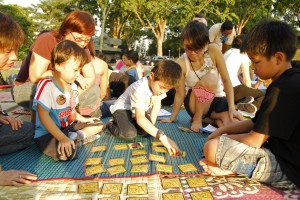Moving Toward Sustainability? The Face of Environmental Education in Singapore

Originally appears in the Spring 2008 issue
Singapore is a nation state that gained independence from British colonial rule in the 1960s. Over the years, its strategic location along sea–air routes quickly elevated its status as a trading hub in Southeast Asia and attracted many immigrants from the Malay Peninsula, China and the Indian subcontinent. Today, Singapore’s burgeoning population of 4.3 million thrives on an island no larger than some metropolitan areas in the United States (Singapore measures 690 square kilometers, or 266 square miles). The population is largely composed of Chinese, Indians and Malays. To keep pace with population growth, the Singapore government has implemented intensive land-use schemes to increase the built-up area and to improve infrastructure, thus creating a highly industrialized and efficient but densely populated country.1 This, however, has also led to the rapid reduction of natural areas in Singapore, so that now only remnants of rainforests, wetlands or mangroves remain.
This content is restricted to subscribers only.
If you are not yet a subscriber, please consider taking out a subscription here.
If you are an existing subscriber, kindly log in or contact us at info@greenteacher.com for more information.





